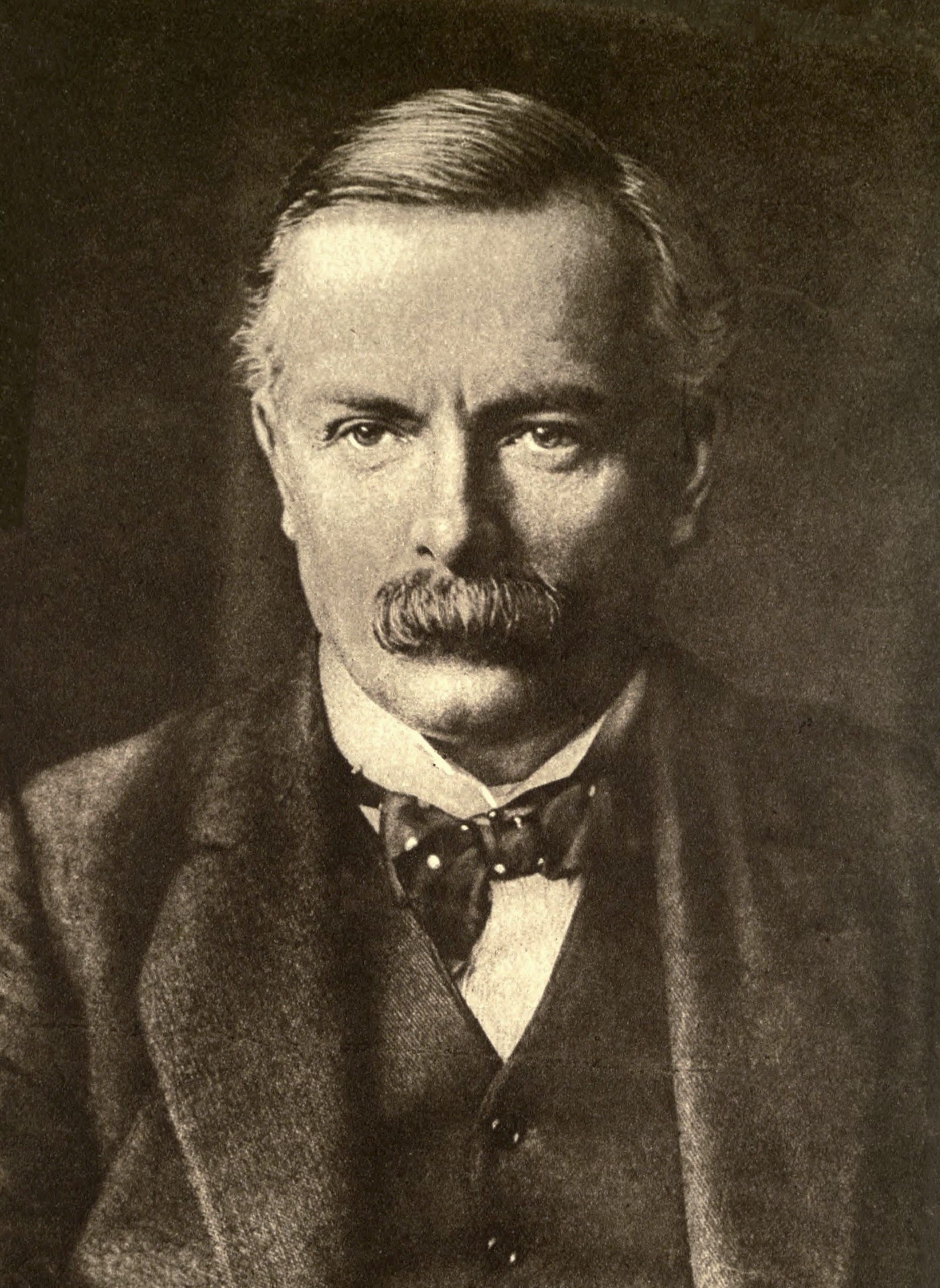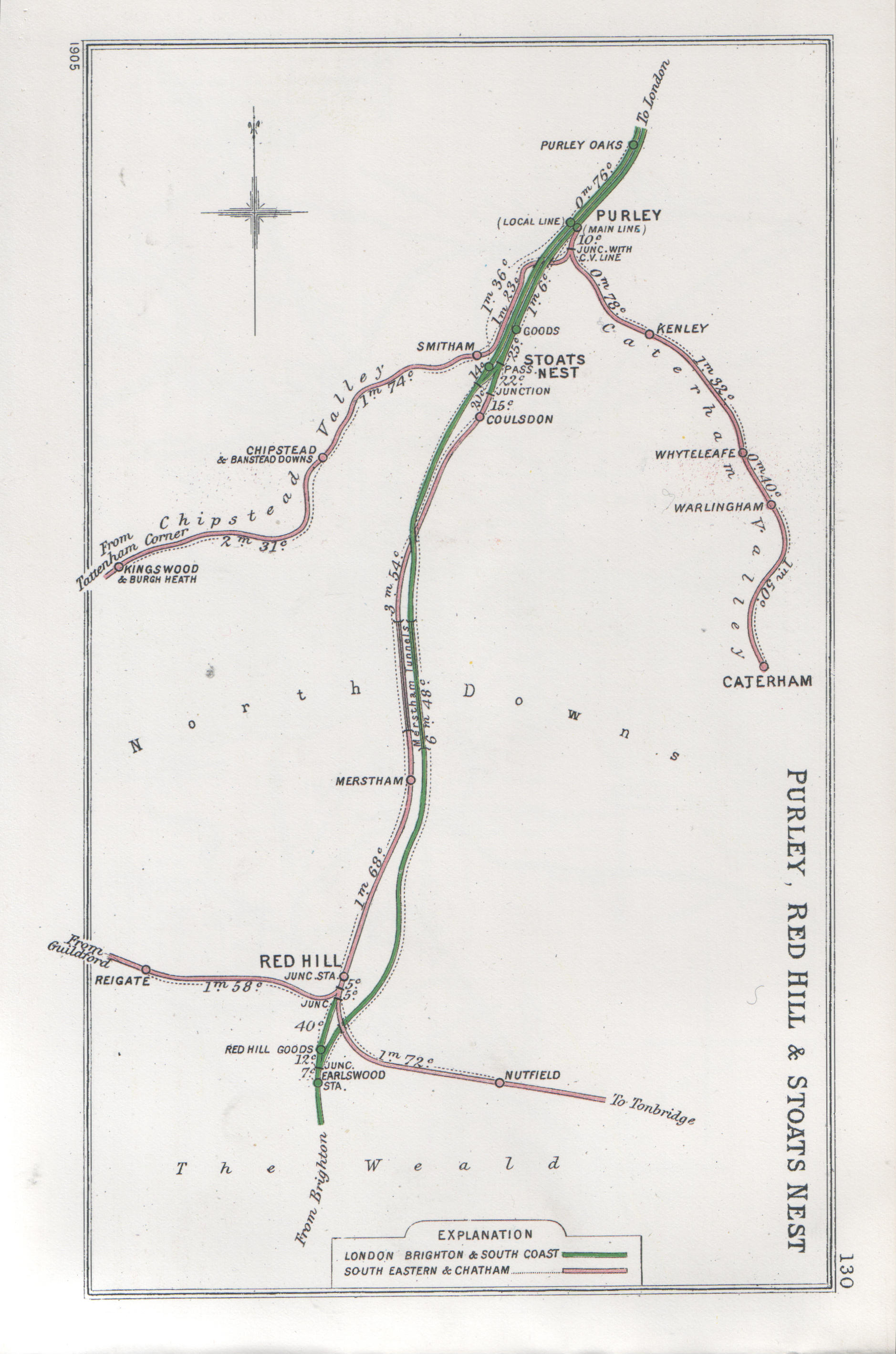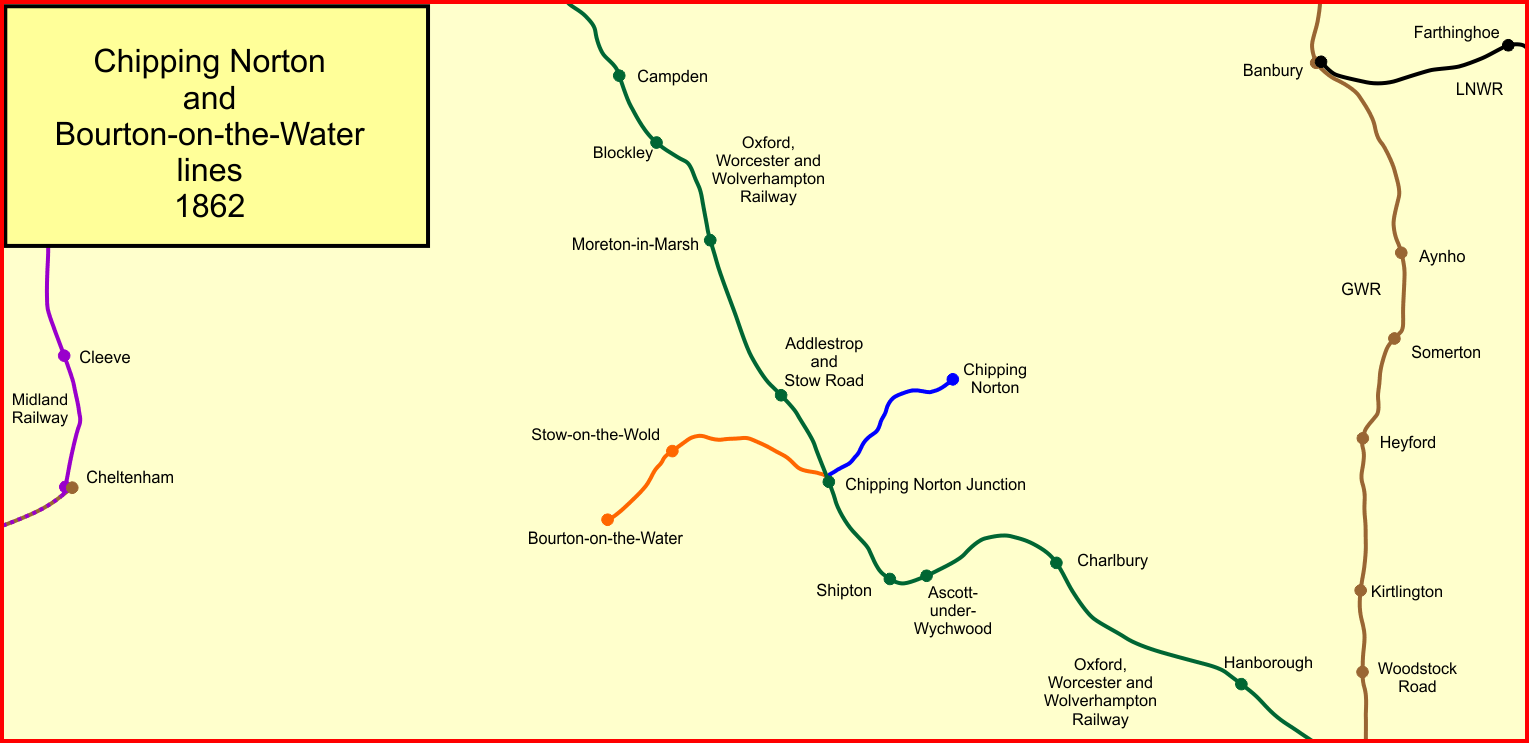|
Charles Langbridge Morgan (engineer)
Sir Charles Langbridge Morgan CBE (1 January 1855 – 9 November 1940) was a British civil engineer. A railway engineer, he spent his early career on several railway construction projects before joining the Great Eastern Railway where his responsibilities included construction of Liverpool Street station. Morgan became chief engineer of the London, Brighton and South Coast Railway in 1896 and directed improvements to London Victoria station and Grosvenor Bridge. During the First World War Morgan was a lieutenant-colonel in the Royal Engineers, carrying out "special engineering duties" in Italy and France for the War Office. He later served as the army's deputy director of railways, on the advisory expert committee to the Ministry of Munitions and on the Disposal Board of the Disposal and Liquidation Commission. Railway career Morgan was born on 1 January 1855 in Worcester, England. He was educated privately in Australia and England before commencing a pupillage under ... [...More Info...] [...Related Items...] OR: [Wikipedia] [Google] [Baidu] |
United Kingdom
The United Kingdom of Great Britain and Northern Ireland, commonly known as the United Kingdom (UK) or Britain, is a country in Europe, off the north-western coast of the continental mainland. It comprises England, Scotland, Wales and Northern Ireland. The United Kingdom includes the island of Great Britain, the north-eastern part of the island of Ireland, and many smaller islands within the British Isles. Northern Ireland shares a land border with the Republic of Ireland; otherwise, the United Kingdom is surrounded by the Atlantic Ocean, the North Sea, the English Channel, the Celtic Sea and the Irish Sea. The total area of the United Kingdom is , with an estimated 2020 population of more than 67 million people. The United Kingdom has evolved from a series of annexations, unions and separations of constituent countries over several hundred years. The Treaty of Union between the Kingdom of England (which included Wales, annexed in 1542) and the Kingdom of Scotland in 170 ... [...More Info...] [...Related Items...] OR: [Wikipedia] [Google] [Baidu] |
Ministry Of Munitions
The Minister of Munitions was a British government position created during the First World War to oversee and co-ordinate the production and distribution of munitions for the war effort. The position was created in response to the Shell Crisis of 1915 when there was much newspaper criticism of the shortage of artillery shells and fear of sabotage. The Ministry was created by the Munitions of War Act 1915 passed on 2 July 1915 to safeguard the supply of artillery munitions. Under the very vigorous leadership of Liberal party politician David Lloyd George, the Ministry in its first year set up a system that dealt with labour disputes and fully mobilized Britain's capacity for a massive increase in the production of munitions. The government policy, according to historian J. A. R. Marriott, was that: : No private interest was to be permitted to obstruct the service, or imperil the safety, of the State. Trade Union regulations must be suspended; employers' profits must be limited, s ... [...More Info...] [...Related Items...] OR: [Wikipedia] [Google] [Baidu] |
Quadruple Track
A quadruple-track railway (also known as a four-track railway) is a railway line consisting of four parallel tracks with two tracks used in each direction. Quadruple-track railways can handle large amounts of traffic, and so are used on very busy routes or sections. Such conversion is referred to as "quadruplication". A railway line with six parallel tracks, or a sextuple-track railway, has three tracks in each direction. The corresponding term is "sextuplication". There are also instances of railway lines or sections with eight tracks, and cases with three or five tracks. Advantages * Quadruple track can carry a larger amount of traffic, with usually at least twice the capacity of double track. It is often seen around large metropolises or on busy inter-city corridors. * On quadruple track, faster trains can overtake slower ones, and so quadrupling help speed up trains. High-speed rail with 200 km/h average speed and commuter rail with 40 km/h average can co-exist ... [...More Info...] [...Related Items...] OR: [Wikipedia] [Google] [Baidu] |
Balcombe
Balcombe is a village and civil parish in the Mid Sussex District of West Sussex, England. It lies south of London, north of Brighton, and east north east of the county town of Chichester. Nearby towns include Crawley to the north west and Haywards Heath to the south south east. History The name Balcombe may mean "Mining Place Camp". ''Bal'' is a Cornish language, Cornish word meaning a mining place as in Bal Maidens, and the same word may have existed in Ancient British Celtic. Although Coombe or Combe can mean a valley, it can also come from the Roman "camp". So possibly from its name Balcombe could have once been a Romano-British mining settlement. South of Balcombe on the London to Brighton line, London to Brighton railway line is the Ouse Valley Viaduct. Designed and engineered by John Urpeth Rastrick (1780–1856) in consultation with the talented architect David Mocatta, it was completed in 1842. It is high and 500 yards long. It has 37 arches and was built with 11 ... [...More Info...] [...Related Items...] OR: [Wikipedia] [Google] [Baidu] |
South Eastern Railway, UK
The South Eastern Railway (SER) was a railway company in south-eastern England from 1836 until 1922. The company was formed to construct a route from London to Dover. Branch lines were later opened to Tunbridge Wells, Hastings, Canterbury and other places in Kent. The SER absorbed or leased other railways, some older than itself, including the London and Greenwich Railway and the Canterbury and Whitstable Railway. Most of the company's routes were in Kent, eastern Sussex and the London suburbs, with a long cross-country route from in Surrey to Reading, Berkshire. Much of the company's early history saw attempts at expansion and feuding with its neighbours; the London Brighton and South Coast Railway (LBSCR) in the west and the London, Chatham and Dover Railway (LCDR) to the north-east. However, in 1899 the SER agreed with the LCDR to share operation of the two railways, work them as a single system (marketed as the South Eastern and Chatham Railway) and pool receipts: b ... [...More Info...] [...Related Items...] OR: [Wikipedia] [Google] [Baidu] |
Earlswood
Earlswood is a suburb of Redhill in Surrey, England, which lies on the A23 between Redhill (in the direction of London) and Horley (next to Gatwick Airport). Earlswood Common is a local nature reserve that separates the suburb from the southern outskirts of Reigate and has two lakes and picnic areas. Earlswood station is on the Brighton Main Line. To the west of the line are Royal Earlswood Park, the East Surrey Hospital and Whitebushes. History When the straight turnpike, part of the London to Brighton railway, was cut between Earlswood Common and the railway line, there was a claim that traces of a Roman villa were discovered, but no evidence has so far been found to indicate any Roman presence. The area south of the common, locally known as Whitebushes, was formally a wilderness containing many clay pits that may be linked to the reputed Roman remains. Most trees of the Weald that covered Earlswood Common were cut down in the 17th century by order of local noble, Lord ... [...More Info...] [...Related Items...] OR: [Wikipedia] [Google] [Baidu] |
Coulsdon North Railway Station
Coulsdon North is a closed railway station that served Coulsdon, Croydon, England, on the Brighton Main Line. Stoat's Nest The first station in Coulsdon was opened by the London and Brighton Railway on 12 July 1841, named after a nearby settlement. It stood approximately at the junction of present-day Windermere Road and Stoat's Nest Road. Nothing remains of this station today. It was one mile south of Godstone Road station (later called Caterham Junction and then Purley), and was the first station to serve Epsom Downs Racecourse, some eight miles (13 km) distant. It was in service until December 1856, when Godstone Road station reopened and the L&BR successor, the London Brighton and South Coast Railway (LB&SCR) had its own route from Croydon to Epsom. Opening The station was opened as "Stoats Nest and Cane Hill" on 5 November 1899 by the London, Brighton and South Coast Railway (LBSCR). It took its name partly from the nearby Cane Hill asylum and partly from the ... [...More Info...] [...Related Items...] OR: [Wikipedia] [Google] [Baidu] |
Frederick Banister
Frederick Dale Banister MICE (15 March 1823 – 22 December 1897), was an English civil engineer, best known for his 35 years as the Chief Engineer of the London, Brighton and South Coast Railway (LB&SCR). Early life Born in London on 15 March 1823, he was educated privately until his parents moved to Lancashire, where he completed his schooling at Preston Grammar School. Articled as an apprentice to John J. Myres of Preston when he was aged 15, he gained experience in surveying and levelling, and in the valuation of damage caused to various properties by the construction of railways. In 1844 he joined the civil engineering business of Charles Cawley, and was directly responsible for setting out the first few miles of the Manchester, Bury and Rossendale Railway (MB&RR). The proposed route through the Irwell Valley was approved by the Chief Inspector of Railways Major General Sir Charles W. Pasley on 23 September 1846. While undertaking the works, the MB&RR amalgamated with ... [...More Info...] [...Related Items...] OR: [Wikipedia] [Google] [Baidu] |
Newhaven Harbour
The Port of Newhaven is a port and associated docks complex located within Newhaven, East Sussex, England, situated at the mouth of the River Ouse. International ferries run to the French port of Dieppe, Seine-Maritime, a distance of . Although there are some derelict signs of the one-time ferry operations, the harbour still sees a great deal of freight and passengers movement. The port is also served by Newhaven Harbour railway station. History The fishing village of Newhaven was of little maritime importance until the opening of the railway line from to Newhaven in 1847. Seaford branch From 1864, under instruction from the London, Brighton and South Coast Railway (LB&SCR) which had acquired lands around the then fishing village, their Chief Engineer Frederick Banister was instructed to design a new commercial-scale port facility and transport access system. In 1864, Banister enabled the construction of the Seaford Branch Line from to , on the east side of the river ... [...More Info...] [...Related Items...] OR: [Wikipedia] [Google] [Baidu] |
Great Western Railway
The Great Western Railway (GWR) was a British railway company that linked London with the southwest, west and West Midlands of England and most of Wales. It was founded in 1833, received its enabling Act of Parliament on 31 August 1835 and ran its first trains in 1838 with the initial route completed between London and Bristol in 1841. It was engineered by Isambard Kingdom Brunel, who chose a broad gauge of —later slightly widened to —but, from 1854, a series of amalgamations saw it also operate standard-gauge trains; the last broad-gauge services were operated in 1892. The GWR was the only company to keep its identity through the Railways Act 1921, which amalgamated it with the remaining independent railways within its territory, and it was finally merged at the end of 1947 when it was nationalised and became the Western Region of British Railways. The GWR was called by some "God's Wonderful Railway" and by others the "Great Way Round" but it was famed as the "Holiday ... [...More Info...] [...Related Items...] OR: [Wikipedia] [Google] [Baidu] |
Banbury And Cheltenham Railway
The Banbury and Cheltenham Direct Railway (B&CDR) was a railway company through the Cotswolds in England that built a line between points near Banbury and Cheltenham. Its principal objective, as well as a general rural rail service, was the conveyance of iron ore from the East Midlands to South Wales. It extended two pre-existing branches, the branch of the Oxford, Worcester and Wolverhampton Railway (OW&WR, opened in 1855) and the Railway (opened in 1862). Both branches had their main line junction at Chipping Norton Junction, later renamed , on the OW&WR main line. The B&CDR opened its western section, from Bourton-on-the-Water to a junction near Cheltenham, in 1881, and its eastern section, from Chipping Norton to a junction at , near Banbury, in 1887. The company was always short of money, and the timescale of construction was correspondingly lengthy. When the extensions opened, the Great Western Railway worked the B&CDR line and the two earlier branches as a single r ... [...More Info...] [...Related Items...] OR: [Wikipedia] [Google] [Baidu] |
Resident Engineer
In general, a resident engineer is a person who works at or from the clients' side of a project. He or she possess a high degree of technical and social skills. One of the main goals of the designated role is to foster knowledge transfer. The role exists across various industries with historic roots in the construction business. Construction A resident engineer is a specific construction occupation. It often describes an engineer employed to work from site for the client or the design engineer. The duties include supervision of and issuing of instructions to the contractor and to report regularly to the designer and/or client. The role was common historically and was also defined in the Institution of Civil Engineers Conditions of Contract and FIDIC contracts. It is not a defined role in the commonly used and more modern NEC Engineering and Construction Contract in which similar roles are named as the client's "project manager" and "supervisor". Rail According to Caltrain Stan ... [...More Info...] [...Related Items...] OR: [Wikipedia] [Google] [Baidu] |







